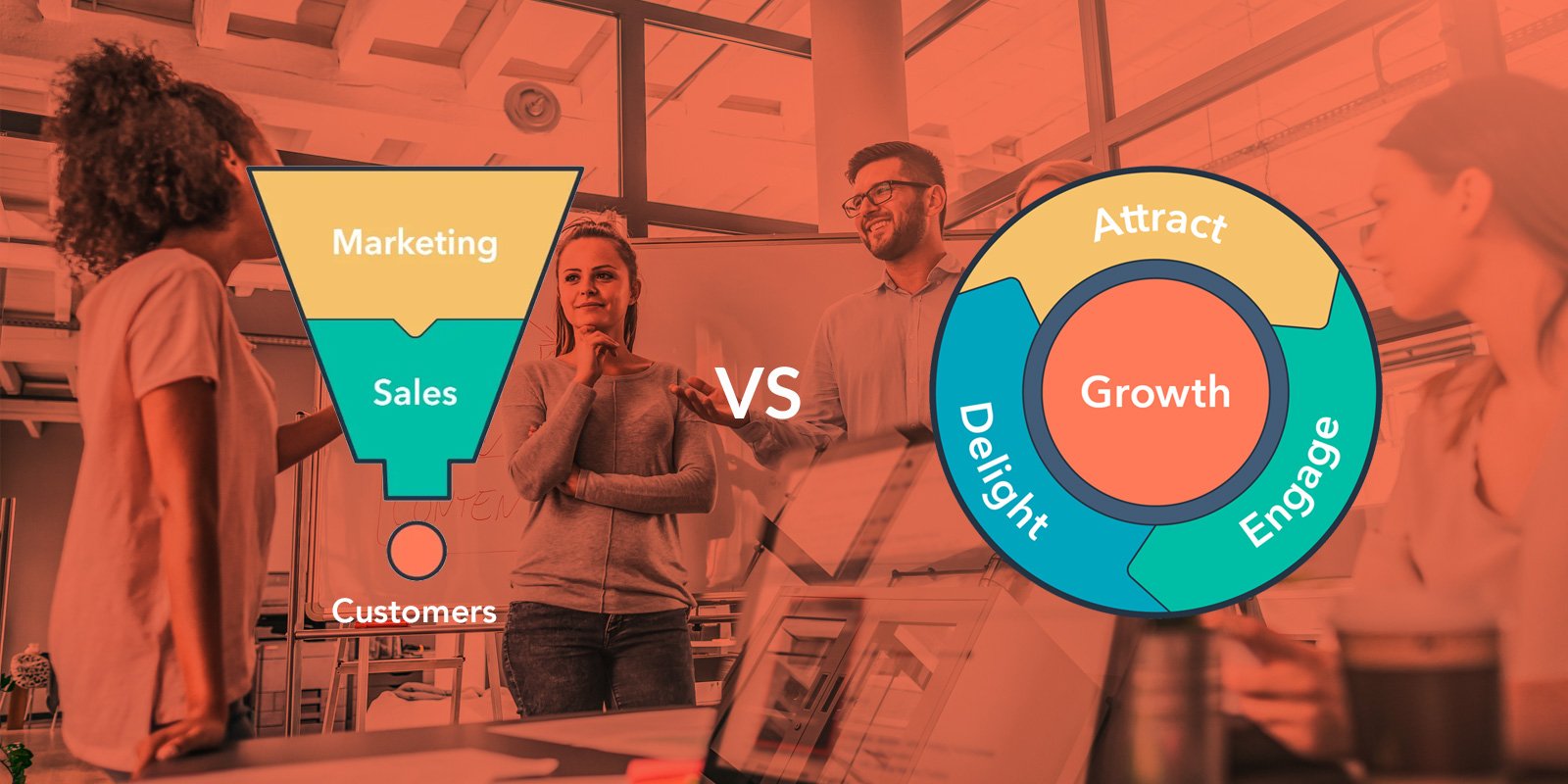The pandemic has transformed the way goods and services are purchased, shifting more consumers to purchase online and retail businesses to develop their online presence. Some businesses operate exclusively online and other, more traditional businesses, have developed an online presence.
As a consequence, consumers now have convenient and reliable access to products, accessible 24 hours a day, seven days a week, 365 days of the year. These developments have been particularly noticeable over the past two years. Ecommerce grew by over 27% in 2020 and so far in 2021 by approximately 14%.
With advances in technology and logistics, online businesses are easier to establish and have the advantage of not necessarily requiring a high street presence. Less capital expenditure is required for premises and face to face contact between the customer and the service provider has been simplified and associated costs reduced significantly. As a result, entrepreneurs can experiment with new more creative models of service delivery and production, with significantly reduced overheads. However, with many brands switching from high street stores to online shopping platforms, the competition to convert click-throughs to sales has become ever more intense. To secure sales in ecommerce, use market research to define your target audience, pain points and pricing these need to be carefully mapped out based on a comprehensive business plan.
Choosing an ecommerce model
There are four proven ecommerce models to choose from when considering what online presence is best suited for your brand. Depending on the type of product or service on offer, available investment funds, existing skills and competencies, timescale and profitability, the model you choose will determine how successful your brand's online presence will be.
Business to Consumer (B2C)
The popular B2C model is the most well established and traditionally most direct retailing route. Within this model, online retailers market and sell products directly to consumers. Therefore, B2C business represents most consumers experience of ecommerce. Employing modern marketing and sales techniques such as ad-based marketing, influencer marketing and social media, B2C online retailers typically target wide-scale audiences.
Business to Business (B2B)
This refers to online transactions between businesses divided into wholesalers, manufacturers, and distributors. Anticipated to have the largest ecommerce growth from 2020 to 2025, Merit claims that 73 per cent of B2B buyers today are Millennials, who prefer buying online. B2B platforms are required to provide brands with the opportunity not only to retail the products they offer but promote the image they've built. The B2B model priorities strategies for fulfilling orders. Ecommerce platform Amazon is a perfect example of a B2B model.
Consumer to Consumer (C2C)
This model matches consumers with consumers, the C2C to trade goods or services. Deriving a fee from transactions taken from each sale, these platforms are a great informal source of second income for consumers. eBay, Depop and Vinted are all C2C models. C2C businesses are a typical example of a disruptive strategy that has increased in popularity as handheld technology has accelerated the evolution of ecommerce. The advantage for consumers with C2C models are niche benefits from the competition for products. It often helps consumers find items difficult to locate elsewhere. The downside to C2C is that fraud is more rife, with fake listings common and sellers sometimes difficult to trace.
Consumer to Business (C2B)
Affiliate marketing and influencer partnerships are both emerging categories associated with the consumer-to-business model, C2B. Connecting audiences with a specific type of business with a service, from which the customer directly makes a profit, influencers drive business to a company's ecommerce platforms. From working as an affiliate seller to co-creating a product, service, or experience with the brand and marketing, the main aim with C2B strategies is to attract a brand or to drive traffic to increase unique's and increase revenue from sales or ads.
Decide on a product or service
Once the best ecommerce strategy for your business model has been identified, the model needs to be refined. Be clever with your market research. Demand, supply, and trend forecasting are essential to your prospective brand's success. Ideally, the product or service should be within a subject area which you already have passion for together with the relevant experience and knowledge. The product or service should have a niche edge, offer solutions, be easy to access and tailored to the target audience. Once this has been decided upon, google similar brands and products, compare quality, social media presence, advertising strategies and price points. Read up on your competition's reviews, learn what is essential to your consumers, what pain points are crucial, decipher what needs are yet to be made and how you can offer niche services that will drive traffic.
Develop your brand
Developing your brand's voice and tone is a key stage of your product or services' evolution. The brand voice and tone allow your audience to appreciate and understand the brand as you create a marketing and social media dialogue. Consistency with your dialect and keywords, aligning the brand's core values, and engaging with your consumer will all drive up popularity and profit. In addition, the brand dialogue can intuitively and seamlessly convey personality, opportunities and humour. Although consumer loyalty is built from relatability and shared values, the brand voice is commonly overlooked.
Choose a business name
You only get one opportunity to make a good first impression and a brand name conveys so much about a business. A good brand name is distinctive, authentic, memorable, and enduring. A reputation is forged on a brand name. The brand name needs to be easily matched with a brand logo to be aesthetically pleasing. Use name generating software tools to establish a name (Looka, Novanym, Namify) and then check if your name and/or website is not taken. Dribble, Upwork and Toptal are innovative software packages helping new brands develop logos and visual branding
Setup your website
The internet is the new high-street. From distinctive imagery to thoughtful features and intuitive design, the online ecommerce platform should be easy to navigate, pleasing to the eye and compatible on desktop and handheld devices. There is steep competition out there for websites, so poorly conceptualised websites will lose potential leads and damage a brand's reputation. If you prefer to use a platform such as Depop or eBay, make sure you are marrying your aesthetic with theirs. Think of your target audience also. For example, Depop is best for young audiences, whereas eBay is better for an older demographic.
Whether you use a host site or design your own space, be sure to analyse online activity and engagement frequently. Analytics tracking software allows you to learn when your site is most commonly visited, from where in the world, product popularity, search trends and how uniques are transformed into sales. Big data analytics are integral to gaining comprehensive insight into trends, patterns, allowing business owners the opportunity to make better data-informed decisions.
Implement ecommerce software
The back end of a business's online store ecommerce software offers expert insight into building a successful space devised for retailing products, managing inventory and taking payments. For those who are less tech-literate, ecommerce is a godsend.
Shopping cart software is a reliable and secure system for safely managing purchases. Designed to allow consumers to place an order, pay via whichever payment gateways is preferred, such as PayPal or Klarna, then devised shipping methods, Shopping Cart software includes security features and data encryption to ensure compliance with web payment regulations. Most software options also help you calculate tax rates and arrange shipping.
Shipment tracking software
Frequently referred to as Transportation tracking software (TMS), goods are tracked whilst in transit, to and from where and by what shipping brand and mode of transport. TMS software provides a mail tracking device or ship tracking apps for freight shipment. The added value of TMS is huge. Customers are always keen to know when and where to expect an order to arrive.
Marketing automation software
An advanced platform designed to help marketers inspire new customers, enhance marketing efficiency, influence behaviour and campaign performance, marketing automation software effectively do the same job as a team of individuals. Cost-effective, increasing a brands digital marketing presence, marketing automation software provides expert strategies for building a strong brand.
Loyalty management software
Encouraging brand loyalty, rewarding repeat sales with incentives such as gift cards, discount codes or coupons, loyalty management software encourages retention and satisfaction. LoopyLoyalty, Loyverse, Annex Cloud, Kangaroo Rewards are great examples of effective loyalty management software.
Build marketing and lead generation campaigns
Encouraging and nurturing interest in a brand to develop leads, the main objective of running a successful lead generation campaign is simply to generate leads. From classifying prospective customers, driving sales leads and qualifying leads, the integral stages of building marketing and lead generation campaigns are as follows. Set your campaign objective, evaluate and select your campaign target, determine your media outlet, develop an offer and create a communications strategy process.
Paid ads
Paid advertising is a more obvious strategy for placing your product or service front and centre of your target audience. Established as the fastest way to reach customers, AI uses algorithms to guide adverts towards consumers. A great and easy way to promote brand new products or services social media giants Tiktok, Instagram and Facebook are the number one places for product placement as they command the largest scale reach.
Organic growth and search engine optimisation (SEO)
Search engine optimisation is an organic way to grow the popularity of a brand. However, this strategy takes some time to develop effectively. The process of planning and implementing steps designed to improve search engine rankings doesn't need to be overly complex. One of the techniques to discover keywords that your target customers is Google suggest. Start typing a keyword into Google's search field, and a drop-down will appear with a list of suggestions.
Finally, influencer marketing and word of mouth referrals are hugely powerful strategies for promoting brands via other following. Reward shares and product promotion with discount codes and profile shout out's.
Finally, get creative with your commerce techniques for success, the more personalised, the more memorable and successful your brand will become.






